This Is The Lucky Ace. Reblog To Recieve A Wad Of Cash That Is Oddly Specific To Your Current Needs.
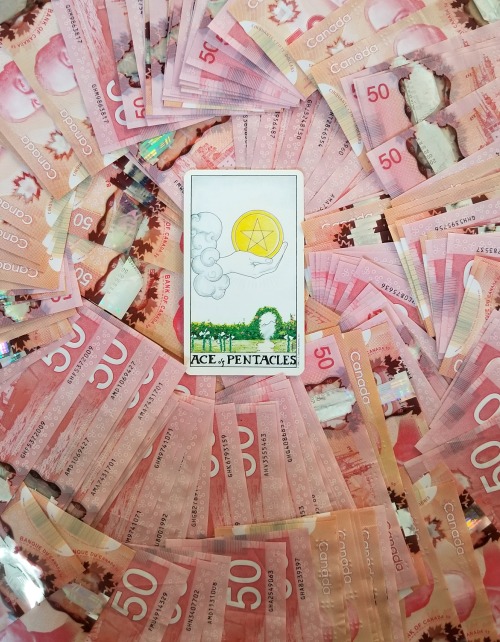
This is the Lucky Ace. Reblog to recieve a wad of cash that is oddly specific to your current needs.
More Posts from Calamansis and Others
IMPORTANT
PLEASE DO NOT SCROLL PAST THIS
PLEASE VOTE YES FOR GAY MARRIAGE IN THE PHILIPPINES!!!
http://www.congress.gov.ph/

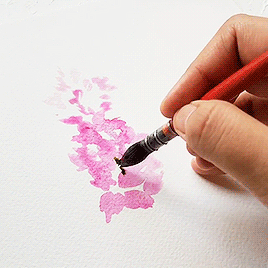
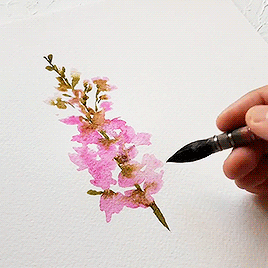
aquarryl on ig
““There are ways of dying that don’t end in funerals. Types of death you can’t smell.””
— Haruki Murakami



This map shows the geology of basins and craters on the Moon! I’ve shared the full-size map and open-source code here for anyone to use. If you like you can also buy a poster of the map here!
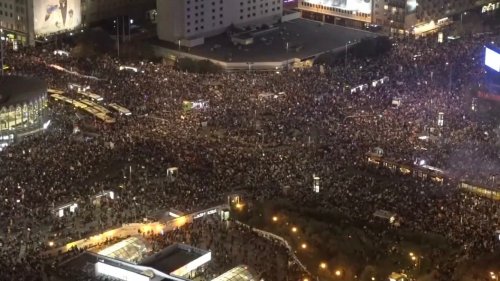
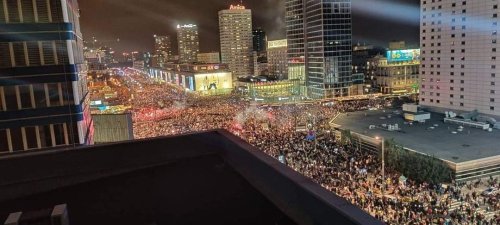
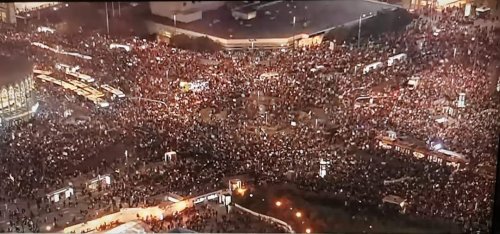

Warsaw makes history tonight as millions of women revolt against the government’s control of female bodies.
Have you read Spin the Dawn by Elizabeth Lim? Idk what Era precisely it's meant to be, but I'm curious if anyone in the Chinese fashion sphere has anything to say about the clothes making/designing portions of the book, re: what clothes making was really like, the job of a royal tailor/tailors in general (were they common, or did most people make their own clothes? Was it a respected job?), that kind of thing! Thank you for your work on this blog!
I don't usually read fantasy novels like Spin the Dawn but I can say a thing or two about clothing production in imperial China. The state of dressmaking was different for each era and I can only talk a little bit about the Ming and Qing. Obviously I don't know the complete details of every stage of production for clothing, I'll just share some things that I do have knowledge on. Most of my information came from Rachel Silberstein's book A Fashionable Century: Textile Artistry and Commerce in the Late Qing, which could be read on JSTOR.
Royal dressmaking
Clothing that was meant for royal use was seldom created by one person alone, but rather the combined efforts of specialists and professionals in different areas. The designs would be made by artists in court, then textiles used for the clothing would be commissioned from state owned textile workshops, then sent to tailors to be sewn into garments and then to embroiderers if embroidery was required. Embroidery wasn't always necessary, since for most of the Ming fashionable and prestigious clothing was made from fabrics with woven patterns (e.g. brocades, damasks) instead of embroidered ones; embroidery would not become the dominant form of decoration until the Ming-Qing transition in the mid 17th century. Normal people wouldn't be able to purchase fabrics from the imperial workshops, but imperial workshops have been on the decline since the late Ming and commercial workshops were producing quality fabrics on a par with those from the imperial ones. Imperial workshop also frequently sublet their work to commercial ones.
As to the design aspect, formal court dress was heavily regulated as to what patterns and garments could be used for what occasion, so there wasn’t much room for artistic liberty. It was on informal clothing that more creativity could be exercised; embroiderers could choose what patterns and motifs go on garments and tailors could experiment with different proportions.

Source
Women’s 吉服 jifu formal ensemble from the Qianlong era. The patterns and their placement for such formal garments were fixed.

Source
Guangxu era informal 氅衣 changyi. The final appearance of this garment was still the combined efforts of many people, e.g. the weavers decided on the purple color, the tailor decided on the proportion and the embroiderers the floral motifs etc..
Home dressmaking
Common people prior to the 17th century mostly made their own clothes, particularly by the female members of the household. It was very common to make clothing from scratch i.e. the growing of cotton or grooming of silkworms, to fabric weaving, sewing and embroidering. It was considered a part of women's education to learn how to weave fabrics and sew garments together, but this doesn't mean that the entire dressmaking process was confined to women or one person either; men, who were expected to do farm work, would grow the crops necessary for the weaving of fabrics, and often assisted in the weaving process. Since the majority of the Chinese population lived in the countryside, many families produced fabrics from raw materials they made on their own farms and made clothes from said fabrics. Because of the difficulty in weaving brocaded fabrics by oneself, home dressmakers who couldn't afford to buy ready woven fabrics prior to the late Ming had to limit themselves to plain fabrics. In the late Ming and early Qing, the rise of embroidery as the dominant method of decoration meant that fashionable patterns became available to less wealthy people who couldn't afford to buy expensive brocaded fabrics, since they could reproduce all the fashionable patterns with just needle, thread and spare time. Embroidery books showing popular patterns and motifs were widely available and could be purchased cheaply. With that said, that doesn't mean that the entirety of a garment had to be made from scratch; many decorations and notions could be bought from shops, like trimmings, ribbons, buttons and prefabricated embroidery appliques. The seamstress would just need to buy the fabric, decorations and notions and put them together as one garment. In the Qing, women seldom went out of the house, and they relied on vendors or middlemen for vendors who brought products to their homes for sale. For women at the time, being a skilled weaver, seamstress or embroiderer was a highly desirable trait, not just because it symbolized "female virtue" whatever that means, but also because it provided work opportunities. Women who were otherwise not employed could take commissions from commercial weaving, tailoring or embroidery workshops as a side income.
Commercial dressmaking
Since the 17th century, the textile industry was increasingly commercialized and it since became more viable to purchase ready woven fabrics from commercial workshops, especially for people in urban areas. These were usually owned by rural families as a side income, and they would often hire landless people to work in their manufactories. I don't know if owning a textile manufactory was a respected job (probably not, considering the literati's hatred for everything commercial) but these people did make serious money. Family operating businesses were often co-owned by wife and husband. Embroidery workshops making prefabricated embroidered appliques and tailor shops making ready to wear garments were also quite common, often relying on middlemen for delivering orders and negotiating prices between the workshop and individual embroiderers/seamstresses in the countryside. In Qing tailor shops, it was often the case that only menswear could be purchased ready to wear, whereas womenswear was made to measure or by the wearer herself. Within tailor shops, there were many subdivisions of labor, like some people did pattern drafting, some people cut pattern pieces and some people assembled the garments. The status of commercial tailors has historically been low, mostly because of the Confucian ruling class’ disdain for consumption, luxury and anything non-self sustaining.

Source
Ca. 1780s export painting showing weaving women.
Feminist tangent
In the Qing, most home weaving and embroidering were done by women, but the commercial workshops were male dominated and their guilds prohibited entry for women, because commercial dressmaking had become a lucrative business and men didn’t want to share employment with women. Male employees in workshops were considered artisans and better paid, whereas women who had to work at home were considered unskilled labor and paid less. Most commercial tailors in the Qing were also male, for reasons similar to why embroidery was male dominated. Whereas women commonly sewed clothes for themselves and their families, they were often prohibited from becoming professional tailors working in workshops or joining a guild. It’s that bogus thing where handicrafts are “women’s work” but when men see how profitable they are they suddenly become “artistic” and limited to men.
Commercial tailors, who were male, were seen as a cultural abomination for doing what was historically seen as “women’s work” for profit. In order to elevate themselves to a higher, more respected status, they chose to throw women under the bus and revise the history of all things historically considered “women’s work” to make them more male centered. An example of this was the 露香园 Luxiang Yuan or Dew Fragrance Garden, a renowned Suzhou embroidery workshop built up by three generations of women of the Gu family, who owned the estate and was the namesake of their style of embroidery, 顾绣 guxiu or Gu embroidery. The male family head at the time, Gu Mingshi, later became the patron saint of the Suzhou embroiderer’s guild founded in 1867. The reason why Gu Mingshi was worshipped instead of the three women who made Gu embroidery famous was largely because male members of the Suzhou embroiderer’s guild needed historical justification for their exclusion of women and erasure of women’s contributions. Apparently late 19th century scholars also complained about this misogyny so this isn’t a new understanding.

Source
Gu embroidery by Han Ximeng, one of the three OG Gu women.
With all of this said, it doesn’t mean that women stopped working in commercial embroidery; women were actually the backbone of the industry, they just didn’t get any recognition from official, male written guild records and such. Many people in the 19th century observed that while the resident embroiderers in commercial workshops were men, a lot of their work was sublet to independent female embroiderers in the countryside, who were not credited on the finished product or advertising.
Now I’m kinda inspired to make a whole rant about working women in the Qing and their representation (or lack thereof) in the Republican era, but there are some 20 unanswered asks sitting in my ask box so maybe later😅






Now this is something I’d watch on tv!
(via)
Just your daily reminders:
Racists are a problem
White people are not
Homophobes are a problem
Straight people are not
Transphobes are a problem
Cis people are not
Sexists are a problem
Men are not
And most importantly,
Hating an innocent person solely because of their race, sexuality, or gender makes you a fucking asshole

-
 yukiluvzinu reblogged this · 2 weeks ago
yukiluvzinu reblogged this · 2 weeks ago -
 baddiefromnyc reblogged this · 3 weeks ago
baddiefromnyc reblogged this · 3 weeks ago -
 baddiefromnyc liked this · 3 weeks ago
baddiefromnyc liked this · 3 weeks ago -
 biscuitschauds liked this · 3 weeks ago
biscuitschauds liked this · 3 weeks ago -
 fakeitbody liked this · 3 weeks ago
fakeitbody liked this · 3 weeks ago -
 itisallworthitintheend liked this · 3 weeks ago
itisallworthitintheend liked this · 3 weeks ago -
 halloweendust reblogged this · 3 weeks ago
halloweendust reblogged this · 3 weeks ago -
 saullovesganja reblogged this · 4 weeks ago
saullovesganja reblogged this · 4 weeks ago -
 adorbsstuffs liked this · 1 month ago
adorbsstuffs liked this · 1 month ago -
 dicksinwonderland reblogged this · 1 month ago
dicksinwonderland reblogged this · 1 month ago -
 1337animeami reblogged this · 1 month ago
1337animeami reblogged this · 1 month ago -
 bellaamor88 reblogged this · 1 month ago
bellaamor88 reblogged this · 1 month ago -
 superbpuppylove reblogged this · 1 month ago
superbpuppylove reblogged this · 1 month ago -
 superbpuppylove liked this · 1 month ago
superbpuppylove liked this · 1 month ago -
 slayydrizz reblogged this · 1 month ago
slayydrizz reblogged this · 1 month ago -
 freshobjecteagle reblogged this · 1 month ago
freshobjecteagle reblogged this · 1 month ago -
 justaboredflower reblogged this · 1 month ago
justaboredflower reblogged this · 1 month ago -
 delmarsblog liked this · 1 month ago
delmarsblog liked this · 1 month ago -
 yukiluvzinu reblogged this · 1 month ago
yukiluvzinu reblogged this · 1 month ago -
 xo-ierose reblogged this · 1 month ago
xo-ierose reblogged this · 1 month ago -
 letherwonder reblogged this · 1 month ago
letherwonder reblogged this · 1 month ago -
 yukiluvzinu reblogged this · 1 month ago
yukiluvzinu reblogged this · 1 month ago -
 yukiluvzinu reblogged this · 1 month ago
yukiluvzinu reblogged this · 1 month ago -
 warriorhealer liked this · 1 month ago
warriorhealer liked this · 1 month ago -
 yukiluvzinu reblogged this · 1 month ago
yukiluvzinu reblogged this · 1 month ago -
 letherwonder reblogged this · 1 month ago
letherwonder reblogged this · 1 month ago -
 mask-and-rose liked this · 1 month ago
mask-and-rose liked this · 1 month ago -
 verioxgi liked this · 1 month ago
verioxgi liked this · 1 month ago -
 yukiluvzinu reblogged this · 1 month ago
yukiluvzinu reblogged this · 1 month ago -
 tfun29 reblogged this · 1 month ago
tfun29 reblogged this · 1 month ago -
 uponasolarial reblogged this · 1 month ago
uponasolarial reblogged this · 1 month ago -
 angelynial reblogged this · 1 month ago
angelynial reblogged this · 1 month ago -
 angelynial liked this · 1 month ago
angelynial liked this · 1 month ago -
 evilbubu liked this · 1 month ago
evilbubu liked this · 1 month ago -
 1337animeami reblogged this · 1 month ago
1337animeami reblogged this · 1 month ago -
 i-still-dont-like-your-face reblogged this · 1 month ago
i-still-dont-like-your-face reblogged this · 1 month ago -
 my-secret-shame reblogged this · 1 month ago
my-secret-shame reblogged this · 1 month ago -
 aspenonthecoast reblogged this · 1 month ago
aspenonthecoast reblogged this · 1 month ago -
 badooney7 reblogged this · 1 month ago
badooney7 reblogged this · 1 month ago -
 bitchboynasty reblogged this · 1 month ago
bitchboynasty reblogged this · 1 month ago -
 kayangadamula liked this · 1 month ago
kayangadamula liked this · 1 month ago -
 gay-gremlin-is-gay liked this · 1 month ago
gay-gremlin-is-gay liked this · 1 month ago -
 tropicalvolcano reblogged this · 1 month ago
tropicalvolcano reblogged this · 1 month ago -
 mrsmilkmaid reblogged this · 1 month ago
mrsmilkmaid reblogged this · 1 month ago -
 yukiluvzinu reblogged this · 2 months ago
yukiluvzinu reblogged this · 2 months ago -
 fearthegayfrogs reblogged this · 2 months ago
fearthegayfrogs reblogged this · 2 months ago -
 bejwjan reblogged this · 2 months ago
bejwjan reblogged this · 2 months ago -
 fearthegayfrogs liked this · 2 months ago
fearthegayfrogs liked this · 2 months ago
